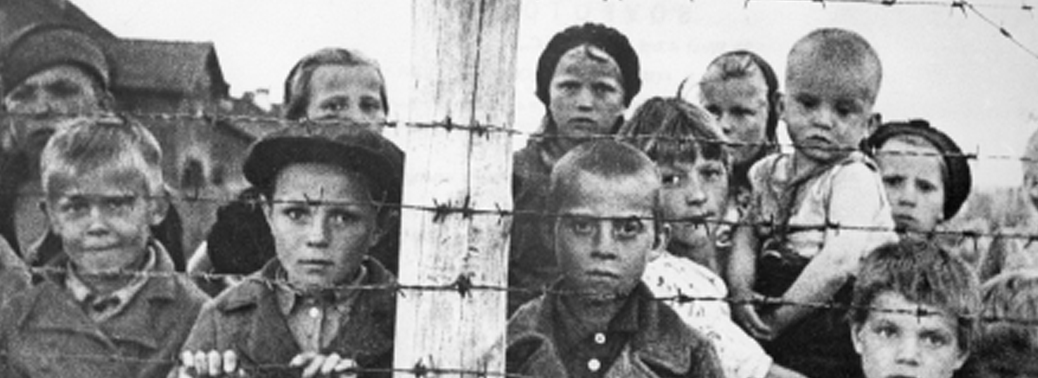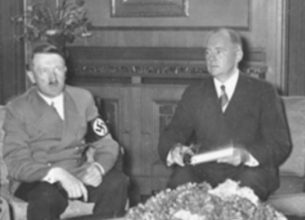THE PAIN OF HOLOCAUST: 75 YEARS SINCE AUSCHWITZ LIBERATION
23, Jan 2020

Prelims level : History in News
Mains level : GS-I History of the world will include events from 18th century such as Industrial Revolution, World Wars, Redrawal of National Boundaries, Colonization, Decolonization, Political Philosophies like Communism, Capitalism, Socialism etc. their forms and effect on the Society.
Context:
- Jerusalem is hosting the largest political gathering in its history, leaders from around the world gather to attend the Fifth World Holocaust Forum and speak out against the rise of anti-Semitism and commemorate the Holocaust.
Anti-Semitism and Aryanization:
- The twin goals of racial purity and spatial expansion were the core of Hitler’s worldview
- The Nazis started their persecution for political opponents such as Communists or Social Democrats.
- The first official concentration camp opened at Dachau (near Munich) in March 1933.
- In 1933, Jews in Germany numbered the total German population.
- During the next six years, Nazis undertook an “Aryanization” of Germany, dismissing non-Aryans from civil service, liquidating Jewish-owned businesses and stripping Jewish lawyers and doctors of their clients.
- Under the Nuremberg Laws of 1935, anyone with three or four Jewish grandparents was considered a Jew, while those with two Jewish grandparents were designated Mischlinge (half-breeds).
- Jews became routine targets for stigmatization and persecution.
Holocaust:
- Holocaust, or Shoah is the systematic state-sponsored killing of six million Jewish men, women, and children and millions of others by Nazi Germany and its collaborators during World War II.
75 Years Since Auschwitz Liberation:
- After the start of World War II, Adolf Hitler (1889-1945), the chancellor of Germany, implemented a policy known as the “Final Solution to the Jewish Question.”
- ‘Final Solution’ – involved the elimination of Jews, Artists, Educators, Romas, Communists, Homosexuals, the mentally and physically handicapped and others deemed unfit for survival in Nazi Germany.
- The death camps were set up for the purpose of killing Jews and other “undesirables,” in what became known as the Holocaust.
- Auschwitz, located in the southern Poland, was the largest of the Nazi concentration and death camps. It was opened in 1940 to serve as a detention centre for political prisoners.
- Later, it evolved into a network of camps where the perceived enemies of the Nazi state were exterminated, often in gas chambers, or used as slave labour, or were subjected to medical experiments.
- During World War II (1939-45), more than 1 million people, lost their lives at Auschwitz.
- In 1945, the defeat of Nazi Germany by the Allied forces became certain and as the Soviet army entered, the Nazis abandoned Auschwitz.
- The Soviet Army discovered mounds of corpses, hundreds of thousands of pieces of clothing and pairs of shoes and seven tons of human hair that had been shaved from detainees before their liquidation.
Aftermath & Lasting Impact of the Holocaust:
- Survivors of the camps found it nearly impossible to return home, as in many cases they had lost their families and been denounced by their non-Jewish neighbours.
- As a result, the late 1940s saw an unprecedented number of refugees, POWs and other displaced populations moving across Europe.
- To punish the perpetrators of the Holocaust, the Allies held the Nuremberg Trials of 1945-46, which brought Nazi atrocities to horrifying light.
- Increasing pressure on the Allied powers to create a homeland for Jewish survivors of the Holocaust lead to a mandate for the creation of Israel in 1948.







